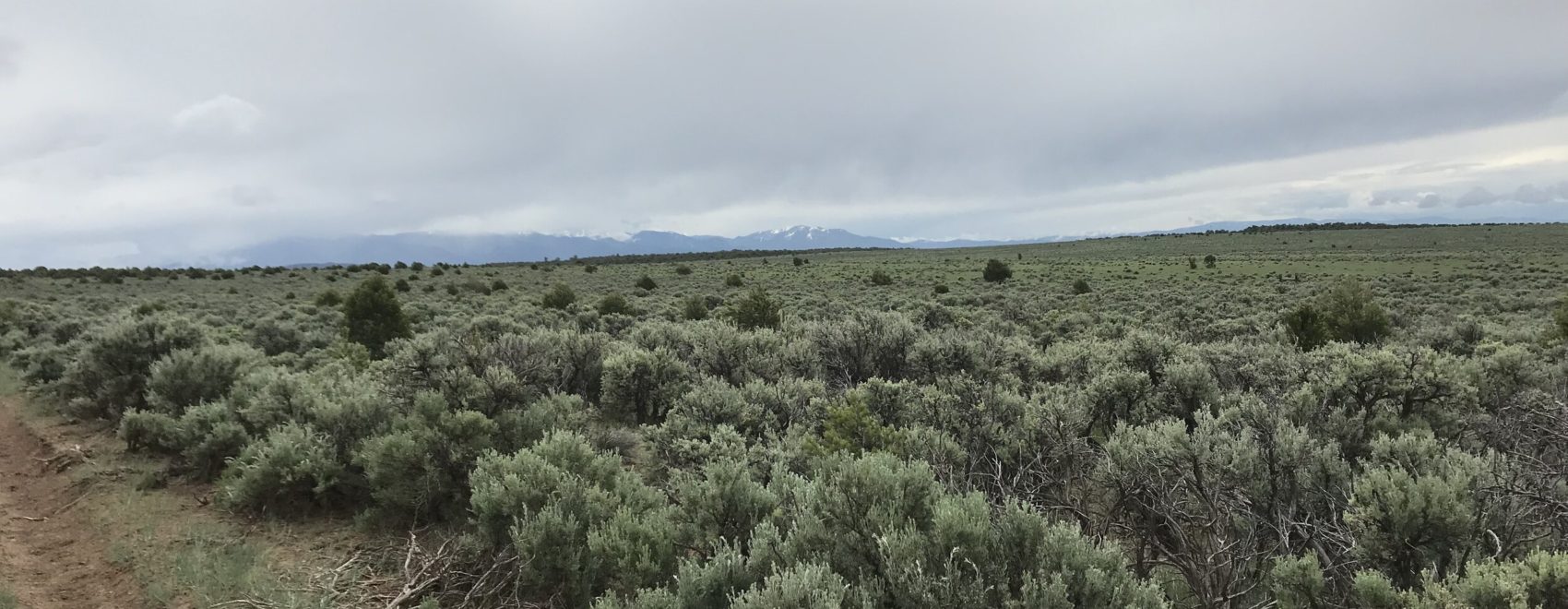Even after 150 years of prior expansion, pinyon-juniper continue to replace shrublands and grasslands across the Great Basin. From 2000-2016, the amount of new pinyon-juniper ‘forest’ (>10% tree cover) increased >1.1 million acres at rate of 0.46% per year. Eighty percent of the increase in tree biomass documented was due to infill, supporting predictions of previous studies that pinyon-juniper continue to progress through the phases of woodland succession.
Read the open access letter here.
Filippelli, S., Falkowski, M., Hudak, A., Fekety P., Vogeler, J., Henareh Khalyani, A., Rau, B., and E. Strand. 2020. Monitoring pinyon-juniper cover and aboveground biomass across the Great Basin. Environmental Research Letters, 15, 2.
Photo by Tyler Gilbert, Forest Stewards Guild. Wind Mountain Site Tour I, New Mexico. 2019.

